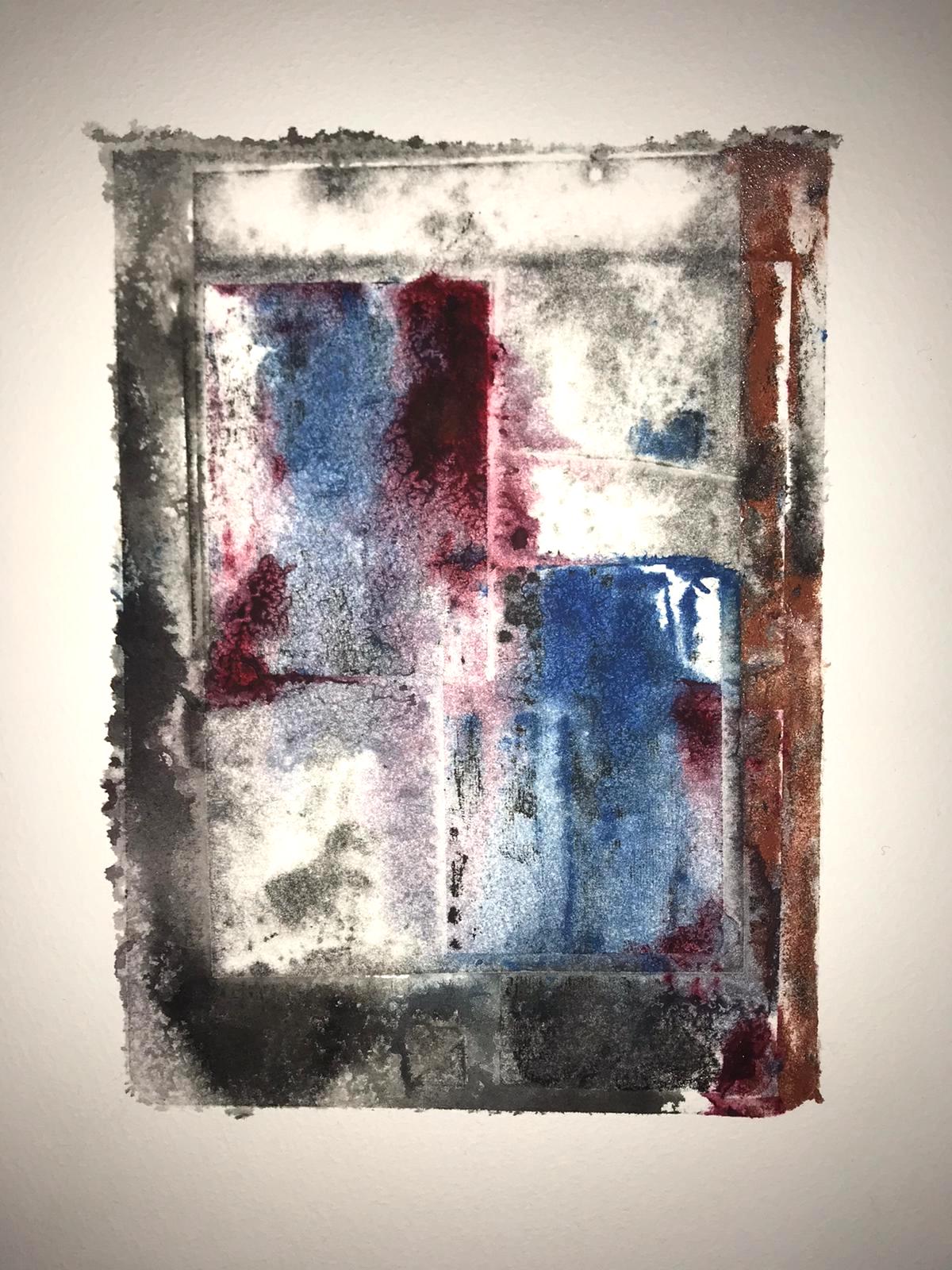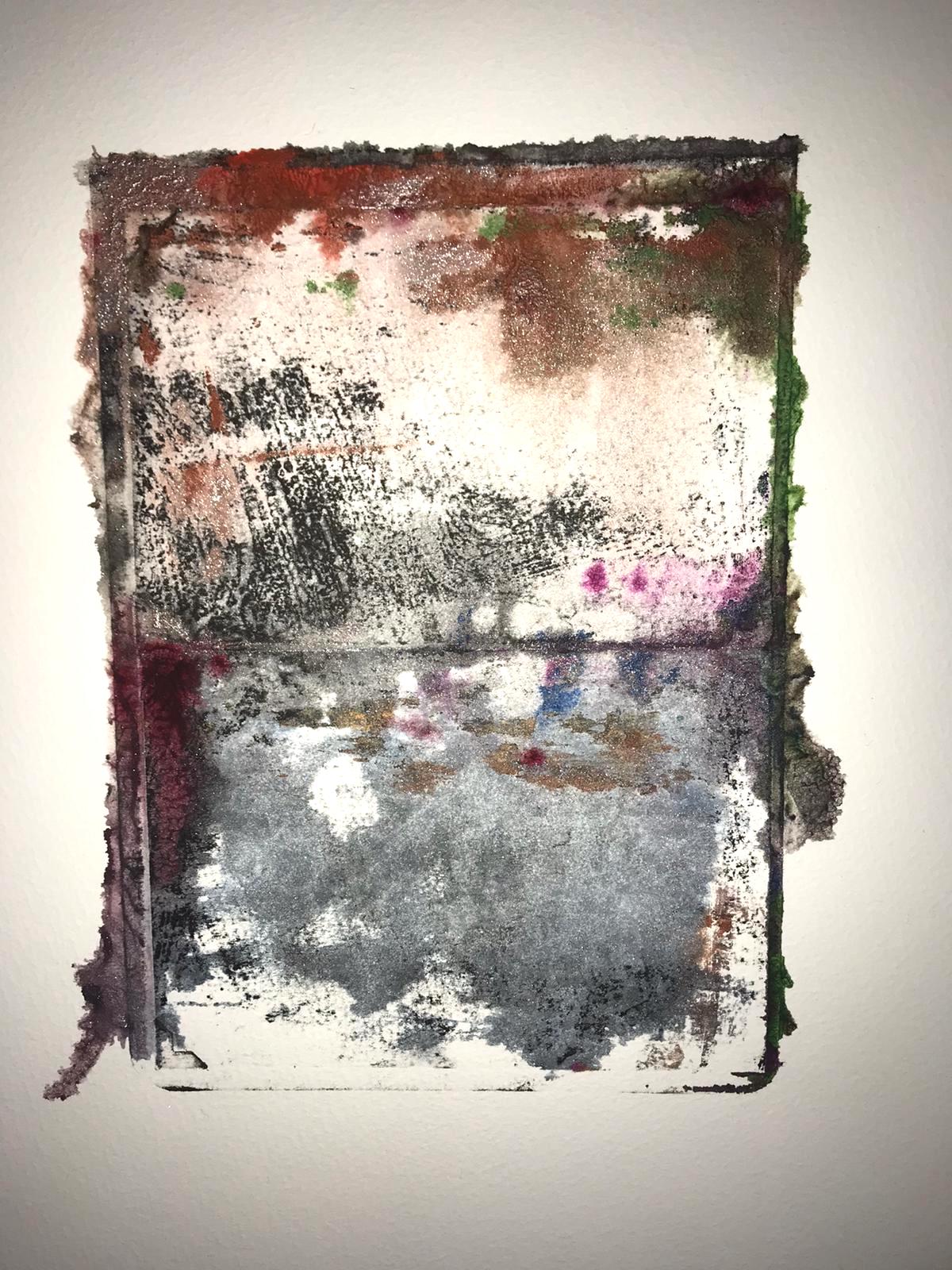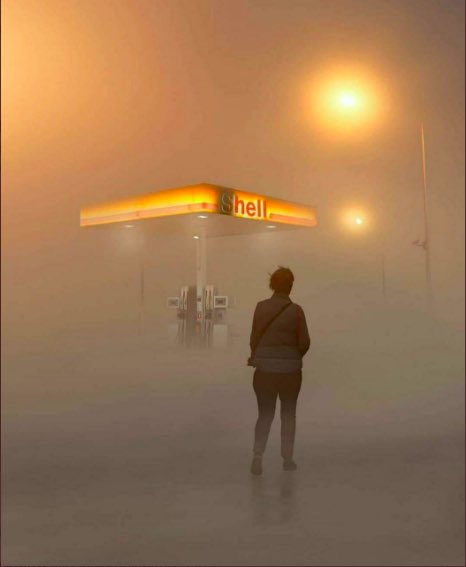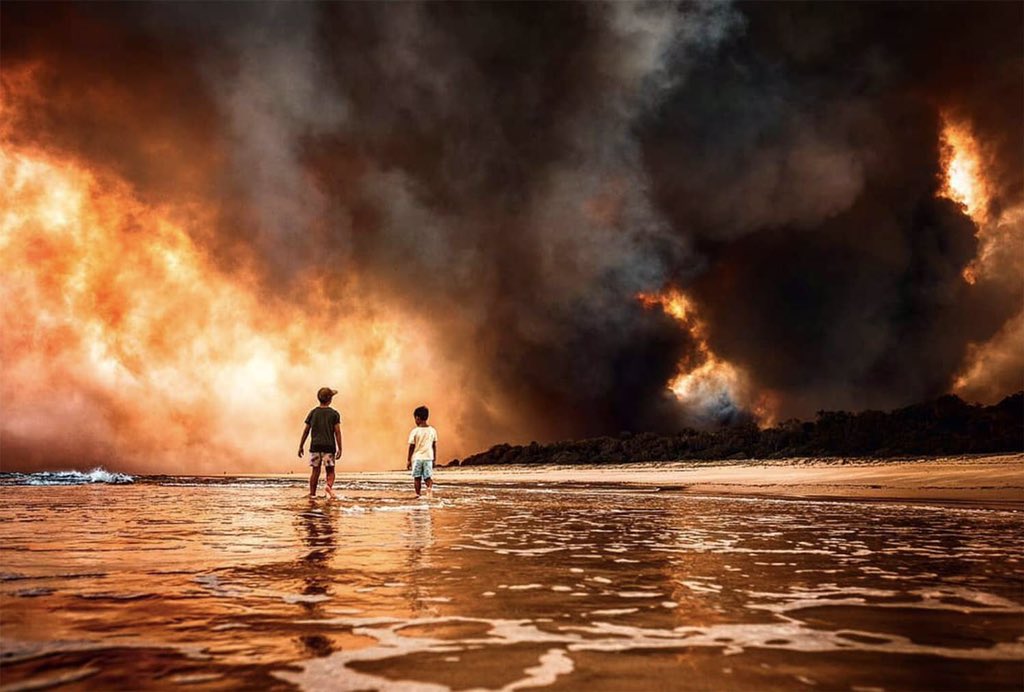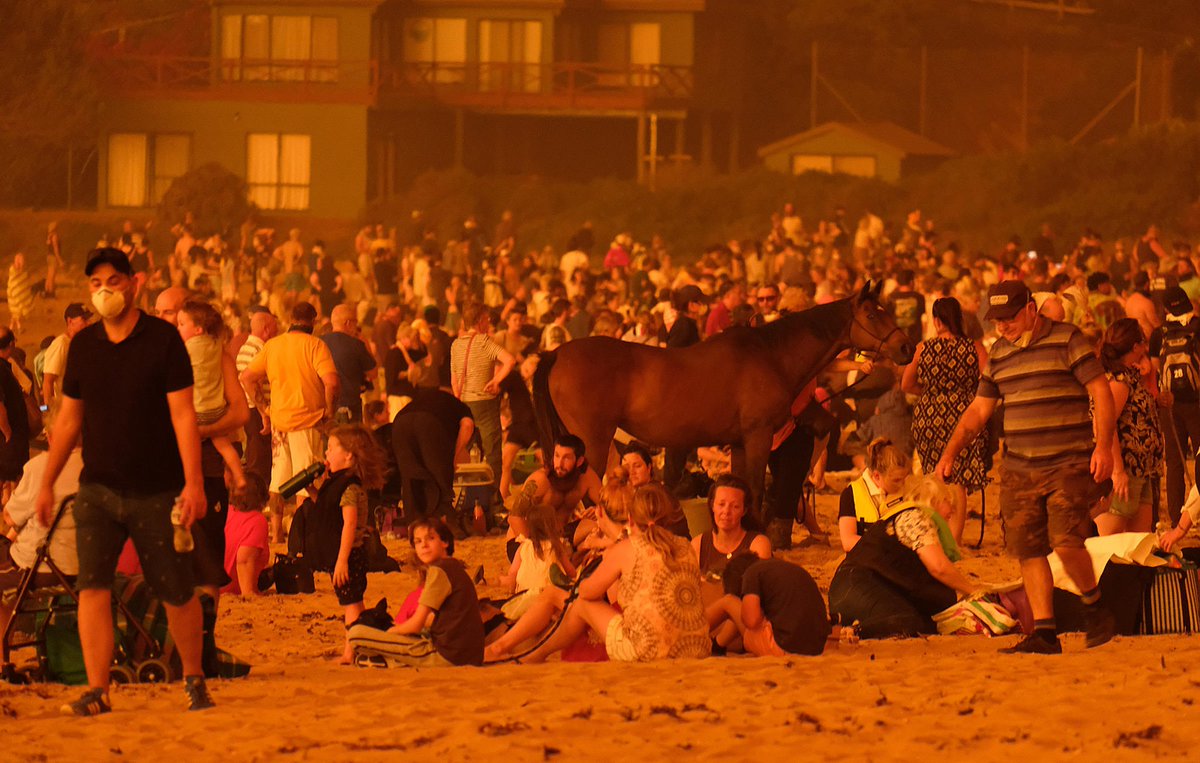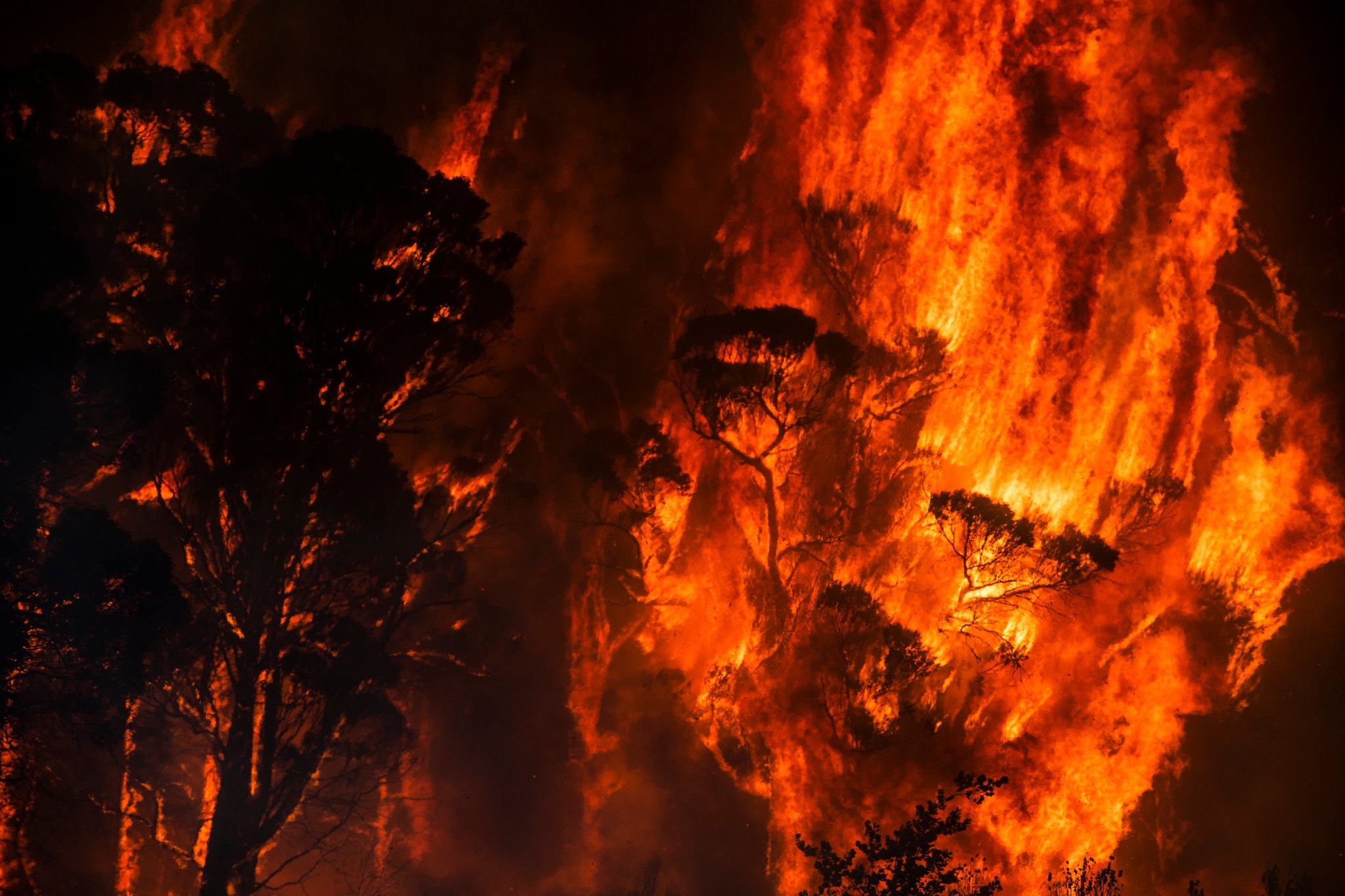In our daily lives we surround ourselves with useful things, for keeping warm and dry, for cooking and cleaning, for communicating and engaging with the world – we are the tool-making hominid after all. We acquire things and adapt our surroundings in order to make life easier or that enhance our perceived status and self-worth. We also possess objects that comfort us, that make us feel connected, loved, valued and respected – that shield us from the enormous implications of our own mortality.
I pick up the second cardboard box and carry it, together with the buyer’s remittance for four pounds, out of the auction room as the fast-paced and hypnotic sale of household goods continues. Every Wednesday in this one provincial auction room approximately seven hundred lots go under the hammer, primarily back into the multifarious retail streams. Thousands of items from a relentless process of house clearance pass through each week, unwanted, unclaimed, unnoticed stuff. Primarily dead peoples’ possessions, no longer needed, treasured or valued.
I buy boxes of miscellaneous items of little or no value to others and have acquired, surprisingly, a selection of family photograph albums, bundles of letters and personal scrapbooks in this way. I make prints from some of these objects. These highly intimate records of life and identity, of proof of existence, of confirmation of having been loved – have ended up lost, abandoned and worthless. I attempt to re-engage with these found objects by pressing them for an evocative and emergent tactile impression. The print shifts the focus from the blank spaces of the photographic images themselves to the often over-looked contextual framing; the size, shape and edge detail of the photographs themselves, the design, detail and method by which the prints have been fixed to the page, the shape, size and binding method of the album pages, the layout of the images, the occasional use of labels or titles, the inclusion of tickets/pressed flowers/postcards. In this way, I am interested in the evocation of a particular time period and social context by highlighting the outmoded details of the album pages themselves. The title of the print – taken from the particular album page – knits these signs together in a moment of historical resonance, e.g. ‘Capri 1953’, ‘Brussels and Paris 1945’.
In a further evocation of hauntological loss, there are individual photographs missing from the albums, their past presence indicated by the redundant adhesive corner fixings that once held the photographs in place. On a number of pages there is evidence of more than one set of corners having been used, different designs used to fix different photographs at different times. The album pages offer further opportunities to explore their outmoded nature by drawing attention to these redundant corners, a ghostly palimpsest of lives recorded through analogue reproduction.
‘After the Flood – Series 1’ 2019, was body of work seeking to evoke the sense of loss following catastrophic flooding. The work emerged in response to images of the debris (including old photograph albums) recovered in the aftermath of the Japanese Tsunami in 2011. The following year I produces a second series of monoprints ‘After the Flood – Series 2’ 2020, again using the found media of the dis-assembled photo album to further reflect on the loss of personal and family histories, tragedy and the impacts of climate change. This in turn lead to a series of prints entitled ‘After the Fire’ 2022, provoked by the widespread escalation in the occurrence of wildfires. The individual photograph album pages were burnt and scorched before printing, resulting in layered fragments eaten away and withered by flame where blackened smuts of carbon become incorporated into the print itself.

























